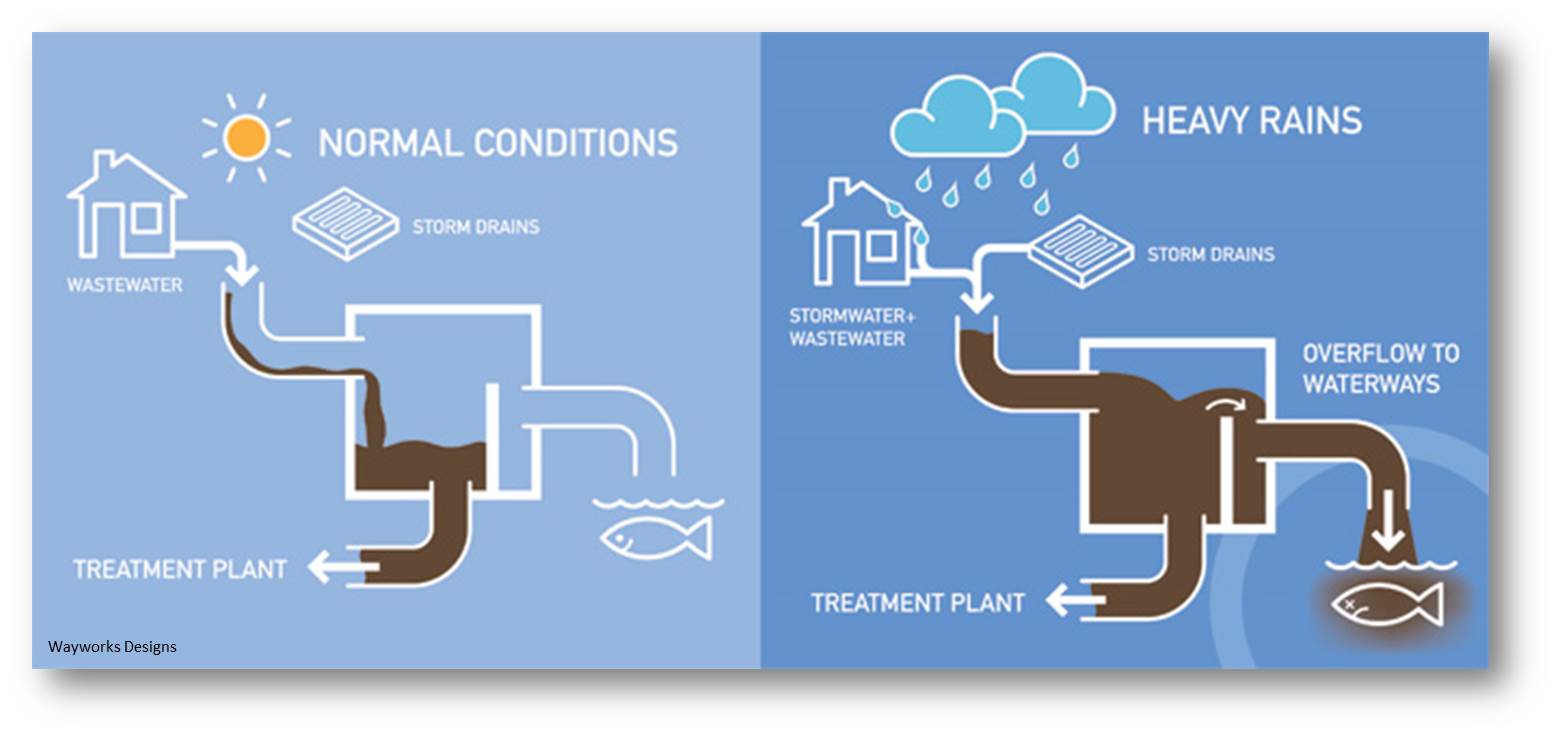

The routing portion of SWMM transports this runoff through a system of pipes, channels, storage/treatment devices, pumps, and regulators. The runoff component of SWMM operates on a collection of subcatchment areas that receive precipitation and generate runoff and pollutant loads. The EPA storm water management model (SWMM) is a dynamic rainfall-runoff-routing simulation model used for single event or long-term (continuous) simulation of runoff quantity and quality from primarily urban areas.
#Cso autoselect pcswmm manual
Recently added in November 2015 were the EPA SWMM 5.1 Hydrology Manual (Volume I) and in 2016 the EPA SWMM 5.1 Hydraulic Manual (Volume II) and EPA SWMM 5.1 Water Quality (including LID Modules) Volume (III) + Errata.
#Cso autoselect pcswmm update
The latest update notes and new features can be found on the EPA website in the download section. SWMM is one of the hydrology transport models which the EPA and other agencies have applied widely throughout North America and through consultants and universities throughout the world. The water quality constituents such as water quality constituents can be simulated from buildup on the subcatchments through washoff to a hydraulic network with optional first order decay and linked pollutant removal, best management practice and low-impact development (LID) removal and treatment can be simulated at selected storage nodes.

SWMM tracks the quantity and quality of the flow generated within each subcatchment, and the flow rate, flow depth, and quality of water in each pipe and channel during a simulation period composed of multiple fixed or variable time steps. The routing or hydraulics section of SWMM transports this water and possible associated water quality constituents through a system of closed pipes, open channels, storage/treatment devices, ponds, storages, pumps, orifices, weirs, outlets, outfalls and other regulators. Besides, low impact development (LID) and best management practice areas on the subcatchment can be modeled to reduce the impervious and pervious runoff. The hydrology component of SWMM operates on a collection of subcatchment areas divided into impervious and pervious areas with and without depression storage to predict runoff and pollutant loads from precipitation, evaporation and infiltration losses from each of the subcatchment. It can simulate the Rainfall- runoff, runoff, evaporation, infiltration and groundwater connection for roots, streets, grassed areas, rain gardens and ditches and pipes, for example. The United States Environmental Protection Agency (EPA) Storm Water Management Model ( SWMM) is a dynamic rainfall– runoff– subsurface runoff simulation model used for single-event to long-term (continuous) simulation of the surface/subsurface hydrology quantity and quality from primarily urban/suburban areas. ( Learn how and when to remove this template message) ( August 2021) ( Learn how and when to remove this template message) Please help by spinning off or relocating any relevant information, and removing excessive detail that may be against Wikipedia's inclusion policy. This article may contain an excessive amount of intricate detail that may interest only a particular audience.


 0 kommentar(er)
0 kommentar(er)
